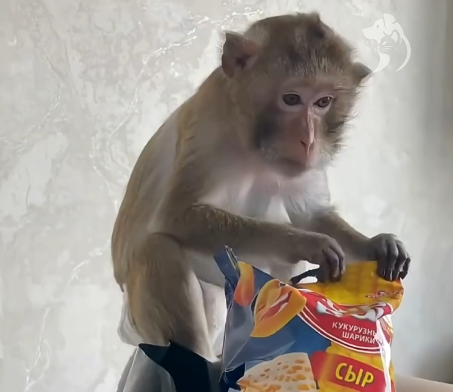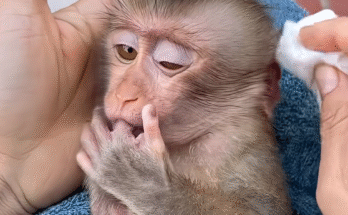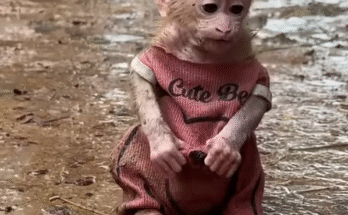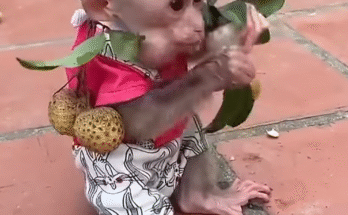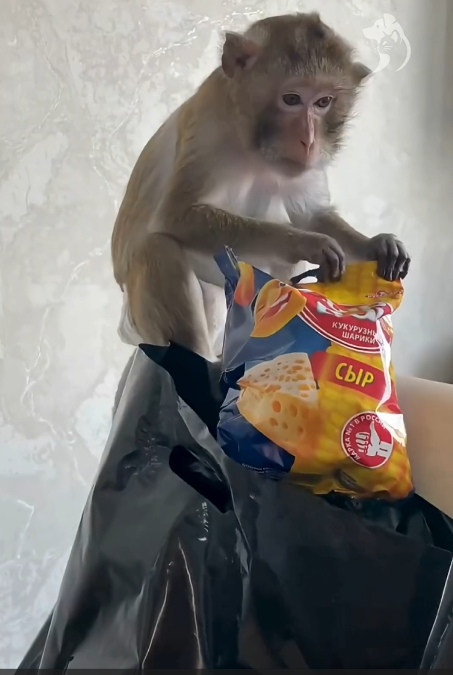
Few experiences in life are as simultaneously shocking and hilarious as being robbed by a monkey. Imagine the scene: you’re walking along a nature trail, visiting a sanctuary, or relaxing in a park, when suddenly a furry little bandit swoops in, snatches your belongings, and disappears before you can react. It’s a story that seems almost unbelievable, yet for many travelers and locals alike, it’s an all-too-real encounter. This article dives into the chaotic, amusing, and sometimes frustrating world of monkey thefts, sharing why these clever primates do it, the reactions they provoke, and what you can learn from an unexpected run-in with a mischievous monkey.
The Anatomy of a Monkey Heist
Monkeys are naturally curious, intelligent, and opportunistic creatures. When it comes to stealing, they combine all three traits in a way that often leaves humans dumbfounded. A typical monkey robbery has several key elements:
- Observation: The monkey watches potential targets carefully, noting where food, shiny objects, or easily grabbed items are placed. They are masters of timing and stealth, often waiting until a person’s attention is elsewhere.
- The Approach: Monkeys are quick and agile. In a flash, they move toward their target, using trees, poles, or even other monkeys as cover. Their movements are precise, almost like a well-rehearsed heist scene in a movie.
- The Grab: With lightning-fast reflexes, they snatch the item — often food, sunglasses, or small electronics — and retreat to a safe location. The speed of the theft leaves victims shocked and scrambling to react.
- The Escape: Monkeys are expert climbers and jumpers. Once they have their prize, they vanish into trees, bushes, or other elevated terrain, often taunting humans from a distance with chattering and cheeky gestures.
The combination of cunning, dexterity, and boldness makes monkey robberies both frustrating and highly entertaining — especially for those recounting the story later.
Common Targets of Monkey Robbers
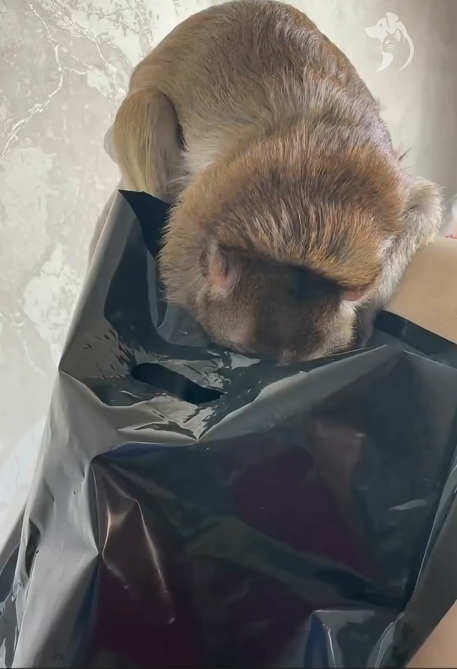
While monkeys are opportunistic, certain items are especially likely to attract their attention:
- Food: The obvious favorite. Fruits, nuts, candy, and snacks are prime targets. Monkeys are often drawn by the smell, and once they spot food, their focus becomes single-minded.
- Shiny Objects: Sunglasses, jewelry, water bottles, and even cameras can spark a monkey’s curiosity. Their attraction to glimmering or reflective surfaces is well-documented.
- Bags and Backpacks: A bag often holds multiple treasures inside. Monkeys are clever enough to open zippers or tug at straps to access contents, demonstrating remarkable problem-solving skills.
- Loose Items: Anything dangling, like scarves, hats, or keychains, can become a quick target for a swift snatch-and-grab maneuver.
Classic Monkey Robbery Stories
Some encounters are so wild they’ve become legendary among wildlife enthusiasts and tourists:
- The Snack Snatch: A traveler unwraps a chocolate bar, only to have a monkey leap from a tree, snatch it mid-air, and scamper off, leaving the person stunned with empty hands and chocolate dreams dashed.
- The Sunglasses Swipe: Another classic scenario involves a monkey spotting reflective sunglasses perched on a head. With a single swift swipe, the monkey secures the glasses and retreats to a tree, showing off its new prize to onlookers.
- The Bag Grab: In crowded tourist areas, monkeys often target backpacks or small bags. One memorable story involved a monkey unzipping a backpack, extracting a pack of cookies, and tossing a single cookie down to the disgruntled victim as a “consolation gift.”
- The Coordinated Heist: In some regions, monkeys have been observed working together, one distracting the human while another seizes the item. This clever teamwork highlights their social intelligence and problem-solving abilities.
Reactions to Being Robbed by a Monkey
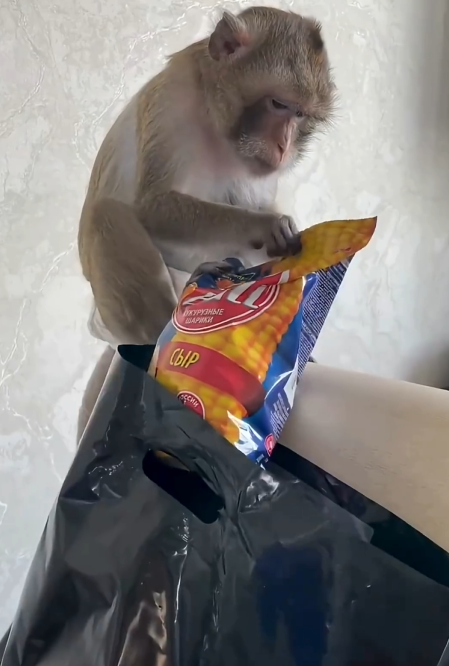
Human reactions to a monkey robbery vary from shock to amusement, often evolving into storytelling gold:
- Initial Panic: It’s normal to feel surprised or even frightened. Monkeys can be bold, and the suddenness of the theft is startling.
- Chase or Attempted Recovery: Some people try to retrieve their stolen items, often resulting in humorous foot chases, frantic calls, and the realization that monkeys are much faster and more agile than humans.
- Laughter and Storytelling: Once the initial shock subsides, most people find the incident funny — especially when recounting it to friends, family, or on social media. Dramatic retellings, often accompanied by hand gestures or sound effects, turn the event into a memorable anecdote.
- Lessons Learned: Over time, people adapt, learning to secure belongings, avoid tempting monkeys, and appreciate the humor of being outsmarted by a creature much smaller than themselves.
Why Monkeys Steal
While monkey thefts are amusing, they are also rooted in survival instincts and intelligence:
- Food Acquisition: In the wild, securing food is essential. Monkeys are opportunistic foragers and naturally attracted to easy sources of nutrition.
- Curiosity and Play: Monkeys are highly intelligent and curious. Shiny objects, dangling items, and unfamiliar belongings stimulate their minds, providing entertainment beyond nutritional value.
- Learning Through Practice: Juvenile monkeys often learn techniques by watching adults. Stealing is not just about immediate gain; it is a skill honed over time for problem-solving and social interaction.
- Social Status: In some cases, monkeys demonstrate dominance by taking items from others, including humans. Successfully snatching a prize can enhance confidence and social reputation within the troop.
Tips to Avoid Monkey Robberies
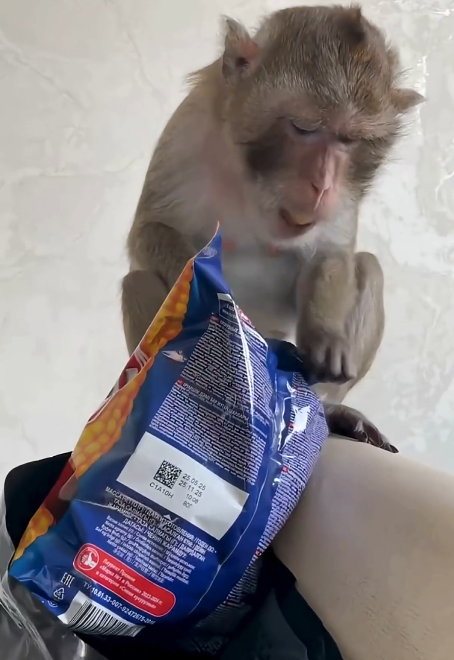
If you’re venturing into monkey-populated areas, there are ways to minimize the risk of becoming a victim:
- Secure Belongings: Keep food in sealed containers and bags tightly closed. Avoid dangling items or leaving personal items unattended.
- Avoid Feeding: Feeding monkeys can encourage aggressive behavior. Even well-intentioned offerings can make monkeys more likely to snatch items.
- Stay Calm: If a monkey approaches, avoid sudden movements. Quick reactions can startle the monkey and provoke a theft attempt.
- Observe from a Distance: Monkeys are fascinating to watch, but maintaining a safe distance reduces the risk of being targeted.
- Learn Their Patterns: Understanding monkey behavior — noticing which individuals are bold or mischievous — can help you anticipate potential thefts and stay one step ahead.
Memorable Monkey Robbery Moments Captured on Camera
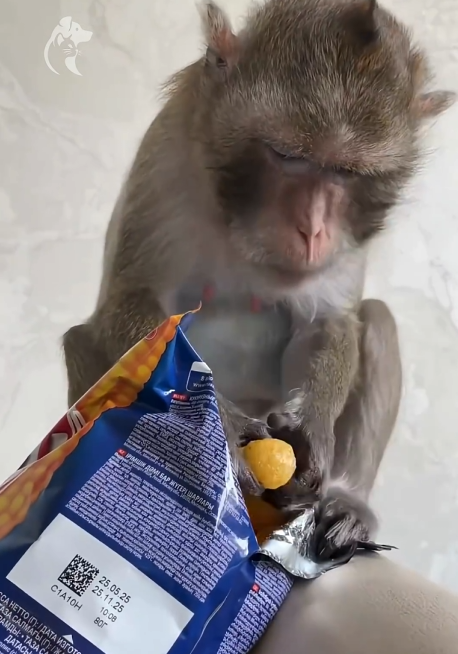
The rise of social media has turned monkey robberies into viral content. Videos often capture dramatic mid-air snatches, hilarious chases, and even monkeys appearing to “mock” humans after a successful theft. Some of the most popular clips include:
- The Acrobat: A monkey vaults from a tree, grabs a sandwich, and lands on a nearby branch, all while the victim flails helplessly.
- The Prankster: A monkey takes sunglasses and then teases the owner by dangling them just out of reach.
- The Food Frenzy: A troop invades a picnic, snatching snacks from multiple people simultaneously, creating a chaotic yet amusing spectacle.
These videos not only entertain but also highlight the intelligence, agility, and playful nature of monkeys.
Conclusion
Being robbed by a monkey is one of those experiences that blends shock, humor, and a touch of awe. These clever primates combine intelligence, dexterity, and opportunism to turn ordinary moments into unforgettable stories. From snatched snacks to stolen sunglasses, the chaos of a monkey heist leaves humans laughing, frustrated, and often wiser for the next encounter.
Ultimately, the tale of “I Got ROBBED by a Monkey 🤣🐒” is more than just a funny anecdote — it’s a lesson in observation, adaptability, and humility. Monkeys remind us that nature is unpredictable, clever, and often hilarious. The next time you venture into a monkey-populated area, keep your belongings close, your wits about you, and your sense of humor intact. After all, in the end, being outsmarted by a small, furry bandit is a story worth sharing — and laughing about — for years to come.
🤣🐒
